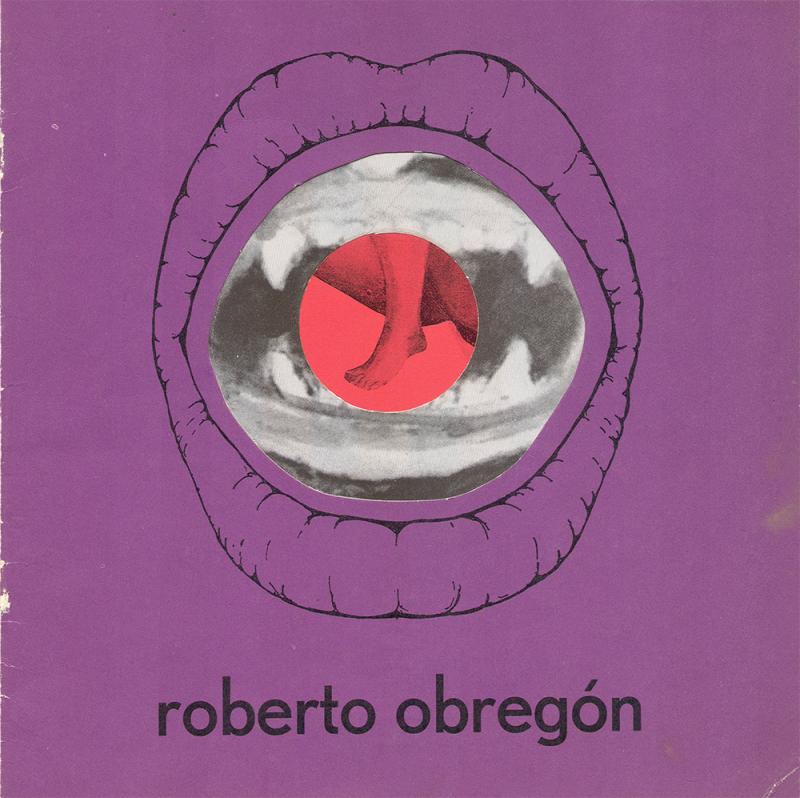In this document, journalist Margarita D’Amico limits her critique to a brief introduction of artist Roberto Obregón. The rest is a first-person self-reflection by the artist on his work in the 1970s. This illuminating and essential document was written in 1978, when the artist’s language became established as one of the most original in Venezuelan contemporary art.
The document pertains to the years in which conceptualism was at its peak in Venezuela, and Obregón was recognized as one of the most notable [artists] within that trend. This text is of interest because it is a primary source in which Obregón again refuses to be classified within any art trend. Beginning in 1967, the young artist rejected in writing [such classification] for his early work (Roberto Obregón: 20 pintura [Roberto Obregón: Twenty Paintings], (Caracas: Galería XX2, 1967), which is known as his period of figurative painting, seen as the expression of an incisive criticism of the moral values of contemporary society, and which critics classified within Nueva Figuración [New Figuration].
Although by 1978, Obregón’s work had developed new interests, his principal ideas about the function of art and his own approach to it firmly endured. Ten years later he would still affirm that his current work was not definitive, although it was the product of his own individual maturity. In 1978, he became even more extreme about being classified within any trend: “Es más, me opongo a cualquier intento de clasificación en lo que soy y en lo que hago, hasta el punto que evito calificar mi trabajo como arte.” [I oppose any attempt to classify what I am and what I do, to the point that I refuse to describe my work as art.]
Another important aspect [of this text] is the information the artist offers on the steps that led to the creation of the “Crónicas de flores” [Flower Chronicles] and “Disecciones de rosas” [Dissection of Roses], which contains the following chronology; from 1970, the year in which he broke with painting and rediscovered photography; to 1972, when he undertook experiments of a personal nature; to 1974, when he exhibited his first flower chronicles.
[For another text by Obregón on his career (untitled) [Creo plenamente en la figuración…] del catálogo: Roberto Obregón:20 pinturas, [I Fully Believe in Figurative Art…] from the catalogue: Roberto Obregón: Twenty Paintings, see the ICAA digital archive doc. no. 1063124].

